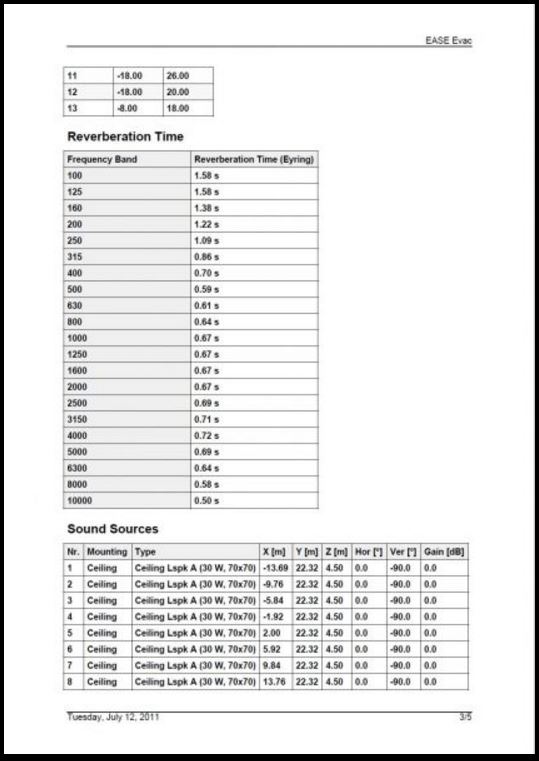Ease Acoustic Software Crackers

EASE Evac provides an intuitive tool for designing acoustic mass notification concepts in a room, hall or building complex. The 3D simulation software calculates the distribution of direct sound levels as well as total sound levels, the signal-to-noise ratio (SNR) and speech intelligibility (STI, ALCons, CIS). AIR Music Technology. Akai Professional. Antares Audio Technologies. Applied Acoustics Systems. Arobas Music.
The EASE software suite provides system designers and consultants with an invaluable set of tools for all aspects of professional practice, from detailed, realistic modeling and simulation of venue acoustics and sound system performance to informative and engaging client presentations, as well as professional data assessment and verification. EASE Standard and its smaller brother EASE JR, along with the optional modules AURA and EARS, take the guesswork out of system design, help eliminate costly mistakes and reduce installation time. Praktikum po obschestvovedeniyu. They assist designers in learning and growing by graphically displaying accurate predictions of real-world acoustics.
EASE models are an ideal way to explore options and to evaluate what works and what doesn’t work – before the virtual venue becomes a job site and changes are time-consuming and expensive. Key benefits of EASE simulation: • Convince customers with calculations by the industry standard electro-acoustical simulation software.
• Be sure to meet the requirements for SPL, STI and other demands with minimum effort. • Become aware of obstacles that would remain hidden without simulation. • Analyze and solve acoustical problems before they arise. • Save time and money by avoiding multiple iterations on site. • Make use of the largest and highest quality loudspeaker database to find the optimal solution. Learn more about the! EASE – Industry Standard for Acoustical Simulation of Rooms Since the 1990´s, EASE has been setting the worldwide standard for acoustic simulation both inside rooms and in open areas.
Rooms can be defined using a CAD module, absorption coefficients can be assigned to surfaces, and sound sources as well as listener positions can easily be added to the model. These data can then be used to generate an exact simulation of reverberation times, speech intelligibility and other acoustical parameters even before the room itself is built.